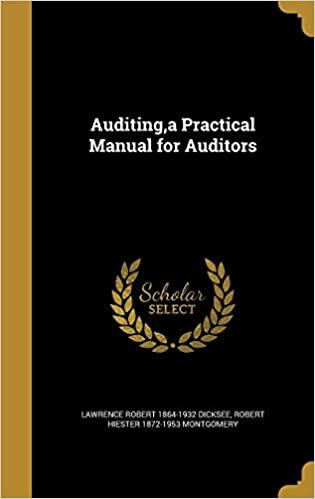The following transactions were completed by Daws Company during the current fiscal year ended December 31: Jan. 29 Received 30% of the $18,900 balance owed by Kovar Co., a bankrupt business, and wrote off the remainder as uncollectible. Apr. 18 Reinstated the account of Spencer Clark, which had been written off in the preceding year as uncollectible. Journalized the receipt of $7,265 cash in full payment of Clark's account. Aug. 9 Wrote off the $6,410 balance owed by Iron Horse Co., which has no assets. Nov. 7 Reinstated the accounts Vinyl Co., which had been written off in the preceding year as uncollectible Journalized the receipt of $3,980 cash in full payment of the account. Dec. 31 Wrote of the following accounts as uncollectible (one entry): Beth Connelly Inc., $7,090; DeVine Co., $5,485; Moser Distributors, 59,415, Oceanic Optics, $1,100 Dec. 31 Based on an analysis of the $1,774,000 of accounts receivable, it was estimated that $35,480 will be uncollectible. Journalized the adjusting entry. Required: 1. Record the January 1 credit balance of $25,795 in a T account for Allowance for Doubtful Accounts 2. A. Journalize the transactions. For the December 31 adjusting entry, assume the $1.774.000 balance in accounts receivable reflects the adjustments made during the year. Refer to the chart of accounts foc a listing of the account tes the company usos B. Post each entry that affects the following selected T accounts and determine the new balances: Allowance for Doubu Accounts and Bad Debt Expense. Check My Work Previous Next > 1. Record the January 1 credit balance of $25,795 in a Taccount for Allowance for Doubtful Accounts. 2. A. Journalize the transactions. For the December 31 adjusting entry, assume the $1,774,000 balance in accounts receivable reflects the adjustments made during the year. Refer to the chart of accounts for a listing of the account titles the company uses. B. Post each entry that affects ng following selected T accounts and determine the new balances: Allowance for Doubtful Accounts and Bad Debt Expense. 3. Determine the expected net realizable value of the accounts receivable as of December 31 (after all of the adjustments and the adjusting entry) 4. Assuming that instead of basing the provision for uncollectible accounts on an analysis of receivables the adjusting entry on December 31 had been based on an estimated expense of of 1% of the sales of $18,660,000 for the year, determine the following: A Bad debt expense for the year. B. Balance in the allowance account after the adjustment of December 31 C. Expected net realizable value of the accounts receivable as of December 31 Check My Work








